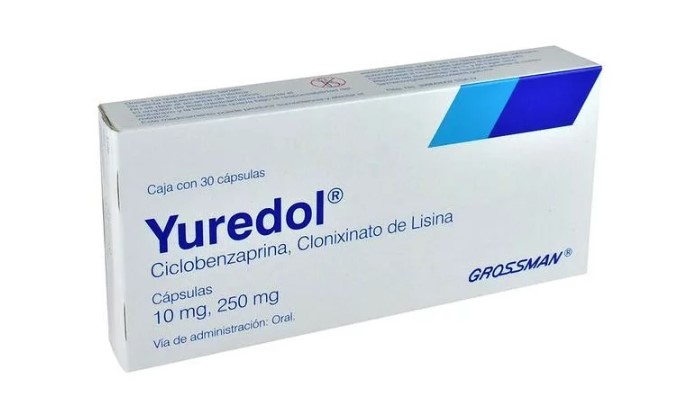Yuredol 10 mg: A Comprehensive Guide to Pain Relief

Pain is a universal human experience, and finding effective ways to manage it is a critical aspect of healthcare. Yuredol 10 mg is a medication that has gained recognition for its role in providing relief from various types of pain. In this article, we will explore the key aspects of Yuredol 10 mg, including its uses, dosage, potential side effects, and other important information that can help individuals make informed decisions about its use.
What is Yuredol 10 mg?
Buy Best Top Yuredol 10 mg Cheap Online Today is a pharmaceutical product containing the active ingredient, yurevamine, which belongs to the class of drugs known as nonsteroidal anti-inflammatory drugs (NSAIDs). This medication is commonly prescribed to alleviate pain and reduce inflammation. It is available in tablet form and is typically taken orally.
Uses of Yuredol 10 mg
Pain Relief: Yuredol 10 mg is primarily used to manage pain of various origins, including mild to moderate pain associated with conditions like headaches, dental pain, menstrual cramps, muscle aches, and post-operative pain.
Inflammation Reduction: It is also effective in reducing inflammation, making it a valuable choice for conditions with inflammatory components, such as arthritis, osteoarthritis, and rheumatoid arthritis.
Dosage and Administration
The appropriate dosage of Yuredol 10 mg may vary depending on the patient’s age, weight, and the specific condition being treated. It is essential to follow your healthcare provider’s instructions and the directions provided on the medication label. Generally, the recommended dose for adults is one 10 mg tablet every 4 to 6 hours, not exceeding four tablets in a 24-hour period. It is advisable to take this medication with food or milk to reduce the risk of stomach irritation.
It is crucial to avoid exceeding the prescribed dose, as excessive intake can lead to adverse effects, including gastrointestinal problems, ulcers, and kidney issues.
Potential Side Effects
As with any medication, Yuredol 10 mg can have side effects. Common side effects include:
Upset Stomach
Nausea
Heartburn
Headache
Dizziness
Less common but more severe side effects may include:
Gastrointestinal bleeding or ulcers
Allergic reactions
Kidney problems
High blood pressure
It is important to seek immediate medical attention if you experience any severe side effects. Your healthcare provider will help assess the benefits and risks of using Yuredol 10 mg, taking into account your individual medical history and needs.
Precautions and Interactions
Before using Yuredol 10 mg, it is vital to discuss any pre-existing medical conditions and ongoing medications with your healthcare provider. Certain health conditions and medications may interact with or be contraindicated with Yuredol 10 mg, such as:
Allergies to NSAIDs
History of stomach ulcers or gastrointestinal bleeding
Kidney disease
Liver disease
Blood clotting disorders
Pregnancy or breastfeeding
Additionally, Yuredol 10 mg may interact with other medications, including blood thinners, certain antidepressants, and certain blood pressure medications. It is essential to provide a comprehensive list of your current medications to your healthcare provider to prevent potential interactions.
Conclusion
Yuredol 10 mg is a commonly prescribed medication for pain relief and inflammation reduction. When used as directed by a healthcare provider and with proper precautions, it can be effective in managing various types of pain and improving the quality of life for individuals with conditions like arthritis and post-operative recovery. However, it is crucial to be aware of potential side effects, follow the prescribed dosage, and consult with a healthcare professional to ensure safe and effective use.
